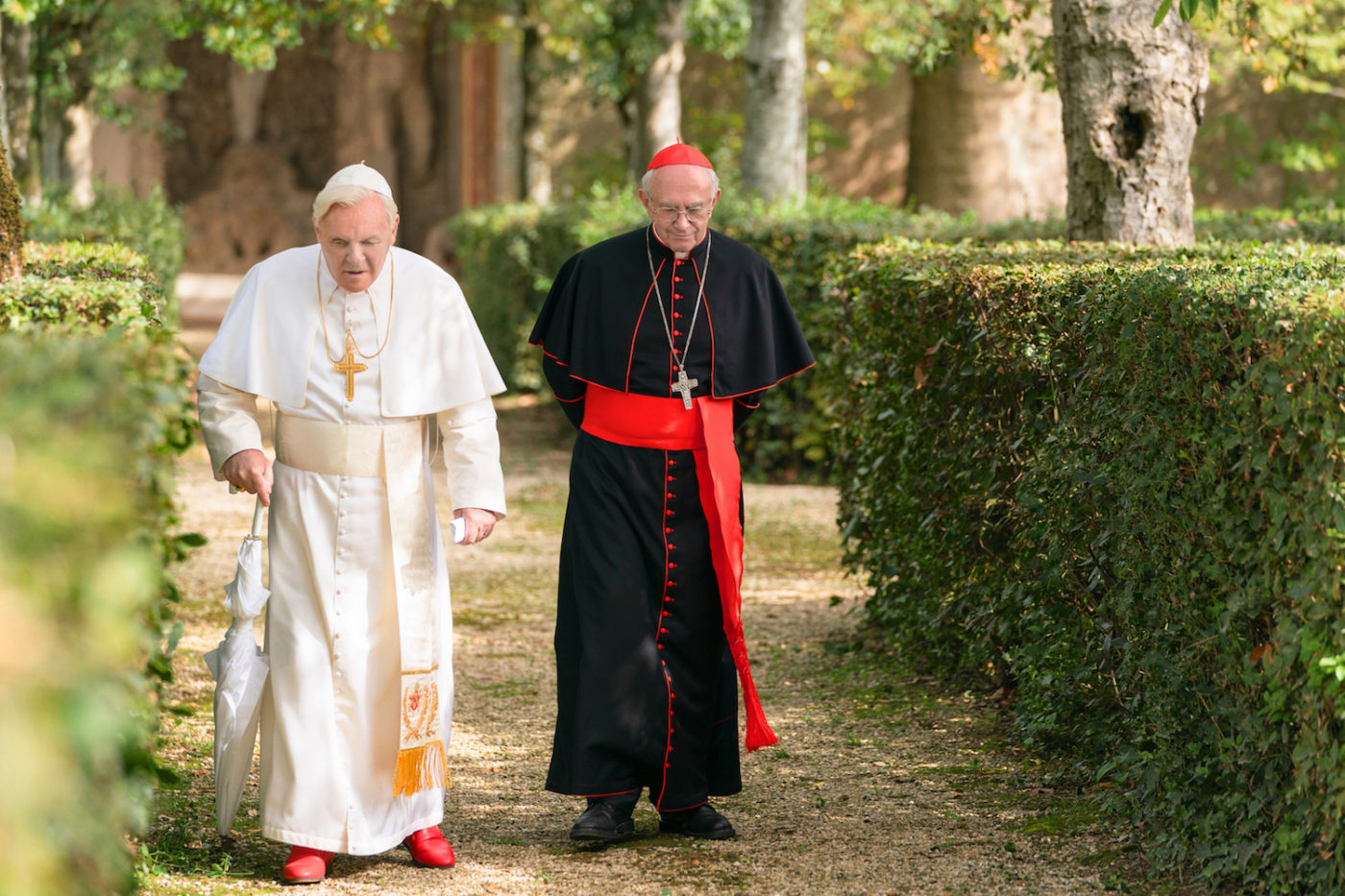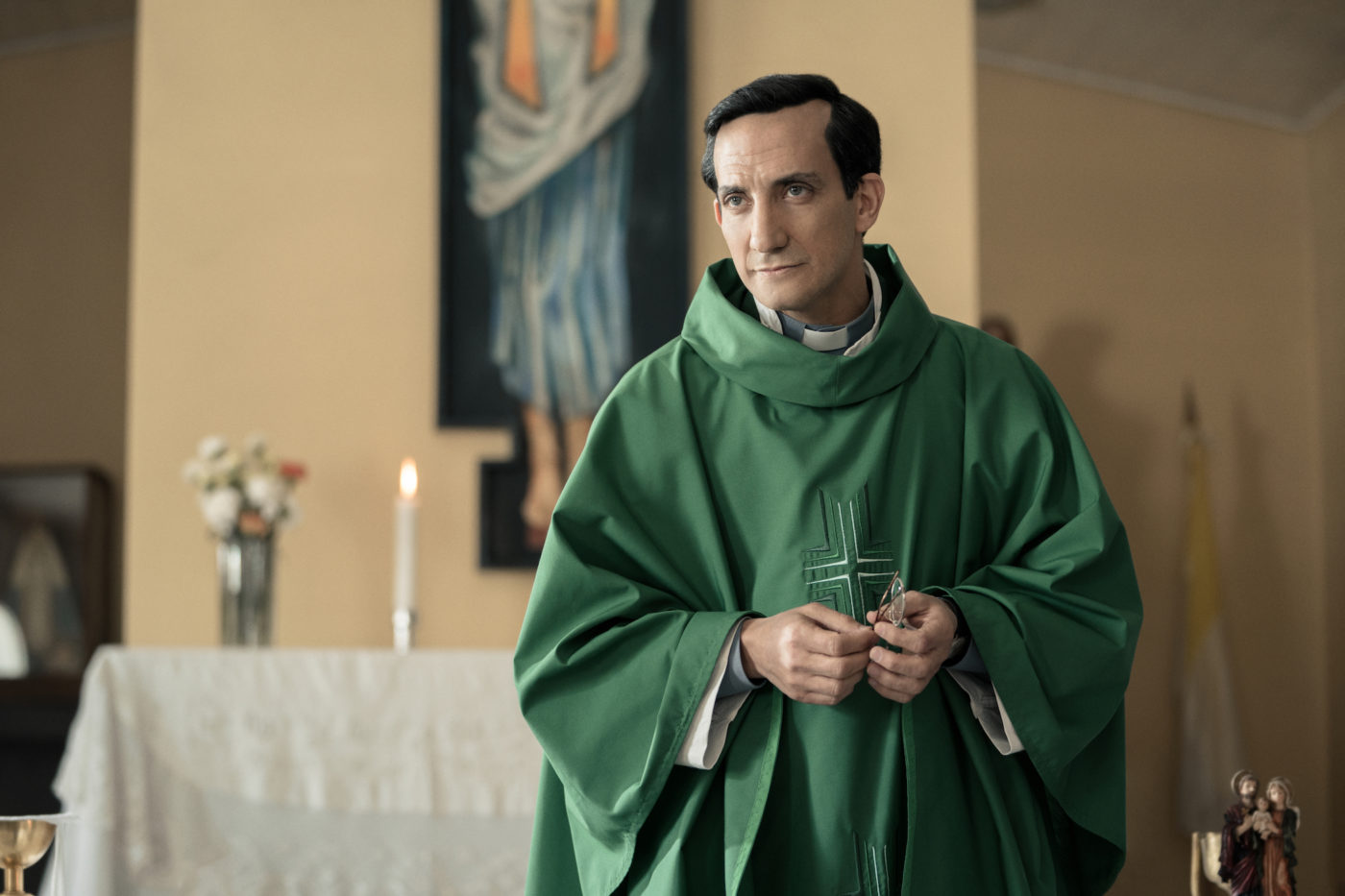When City of God, Fernando Meirelles’ second feature film, exploded into the scene 17 years ago, the latest of Latin American cinema’s many renaissances was underway (a renaissance that, by the way, is still going strong and shows no sign of abating). City of God shared with Alejandro González Iñárritu’s Amores Perros —released two years prior— interlocking narratives, a sense of the city as a gritty, dynamic urban space (Mexico City in Iñárritu’s film; Río de Janeiro in Meirelles’) and, through emerging digital technologies, a desire to stretch and redefine the cinematic language and Latin America’s social realist film tradition. Both filmmakers followed their groundbreaking films with highly personal, star-driven English-language productions: Iñárritu with the relentlessly grim 21 Grams (2003) and Meirelles with The Constant Gardener (2005), one of the best adaptations of a John Le Carré novel. Both were as well received as their previous work. But as Iñárritu went on to make the insufferable Babel (his final collaboration with Mexican novelist Guillermo Arriaga) and bounced back with the Academy Award nominated Biutiful (2010) and the Academy Award winning Birdman (2014) and The Revenant (2015), Mereilles went on to direct two critically panned adaptations: Blindness (2008) from José Saramago’s novel and 360 (2011) from Arthur Schnitzler’s play La Ronde. Both suffered from the same weakness: a triumph of style over substance as Meirelles stuck to the same multi-strand narrative structure of his first two films while delivering a message film with capital M that was borderline pretentious.

Meirelles has kept busy directing and producing documentaries, films and TV series (as well as the Opening Ceremony of the 2016 Olympic Games in Río) these past eight years, so his return to feature-length directing is more than welcome. His new film, The Two Popes, reveals a far more focused director, one that lets style complement the story. Written by Anthony McCarten (The Theory of Everything, The Darkest Hour) , The Two Popes imagines what the conversations between Pope Benedict XVI (Anthony Hopkins) and Cardinal Jorge Mario Bergoglio (Jonathan Pryce) before the latter became Pope might have been about (if, in fact, they ever took place). The Two Popes is much more than a showcase for the two distinguished Welsh actors. While you expect a certain theatricality to overwhelm the film, Meirelles uses every trick in the book to keep our eyes glued to the screen and look forward to their next give and take.
The film opens with Pope Francis trying to book a flight, on his own, from a smartphone. This is the Francis we know, the one that has turned his back on the Vatican’s pomp and circumstance, who practices what he preaches: a simple way of life. This brief glimpse is the bookend to what turns out to be a feature length flashback that begins in 2005 with the death of Pope John Paul II and ends in 2013 with the historic resignation of Pope Benedict. César Charlone’s camera immediately drops right in the middle of Buenos Aires, bobbing and weaving through its streets as we hear Bergoglio’s words —Jonathan Pryce’s voice was obviously dubbed in Spanish— until it stops in front of his altar as he celebrates a public mass. We are in Meirelles’ territory, the vibrant hubbub of the city’s streets a reminder of where Pope Francis came from and how those streets, its people, defined his view io the Church being at the service of its faithful and not the other way around. Meirelles follows this scene with John Paul’s funeral and the Conclave’s election of a new Pope. Meirelles, like Bergoglio, doesn’t take this ritual to seriously: he choreographs the Cardinals parading down the halls of the Vatican to ABBA’s “Dancing Queen” and the conversations among them as gossip. Meirelles sees this process not as one driven by faith but by politics —the lobbying, the handshaking, the differing agendas, etc.
Joseph Ratzinger is crowned Pope and Bergoglio goes back to Buenos Aires to tend to his flock. Years later, the Catholic Church under Benedict XVI faces a series of crisis as the sex abuse scandal grows exponentially across the world and a trusted aide of Pope Benedict leaks a series of classified documents to the Italian press. Bergoglio himself plans to resign. He receives a letter from Benedict requesting his presence at his summer retreat at Castle Gandolfo and this leads to the first of a series of conversations between the two men, each with their own specific agenda, each measuring the other as they talk about faith, tradition, change. The camera hovers above them, behind them, in front of them, sometimes at a distance and sometimes right smack in their faces. Through it, we become the proverbial fly-on-the-wall listening in to these conversations. We observe as each man eats alone or together, as Benedict plays the piano or watches the Austrian K-9 police series Kommissar Rex or as they share a pizza in a private room in the Sistine Chapel (a remarkable recreation that combines both an actual set and a digital rendering). The one moment Meirelles denies us access to is when Bergoglio takes Benedict’s confession, the camera tracking back as it shoos us away.

Benedict reveals his cards as he informs Bergoglio of his decision to resign and his wish to see the Buenos Aires Cardinal anointed Pope. And it is here when Meirelles turns The Two Popes from an Oscar-worthy acting showcase into a Latin American film as Bergoglio confronts the ghosts of his past during Jorge Videla’s brutal military dictatorship in the late 70s/early 80s. Now played by Juan Minujín (better known in this country for his performance as Mariano Lagos in HBO’s Epitafios), we see, in these flashbacks, a young man racked by doubt who eventually, and joyfully, embraces his calling to later sign a pact with the devil in order to save his fellow Jesuits. This flashback humanizes a man who has become a symbol; they serve as a corrective to the almost saintly image the media, his followers, the Vatican and even Wim Wenders in his own documentary Pope Francis: A Man of His Word have built around him. Yes, this is done at the expense of Benedict’s own past —his conscription into the Hitler Youth against his will and his own transition from a liberal theologian to a conservative priest beholden to tradition. But one can also appreciate and even understand Meirelles’ fascination with Pope Francis’ past: his ghosts are more relatable to a filmmaker whose country is haunted by the same legacy of a repressive military dictatorship, a country that is now under the control of an extremist who has publicly praised that very same regime.
I wish Meirelles had spared us that final five-minute montage of Pope Francis’ trips around the world and cut straight to that scene of the two Popes watching the 2016 World Cup’s final between Germany and Argentina. There is no doubt Hopkins and Pryce are the reason why people will watch the film whether at a movie theater or through Netflix in the first place. As Benedict, Hopkins is not only cantankerous and stubborn but also fragile and rather impish; he expresses a sense of solitude, of a man who fears he can no longer hear God speak to him. Pryce is his perfect foil, even though he has more screen time. There is an earthiness to his performance, a sense of curiosity, of joy…a joy that disguises his own sorrow and doubts. To state that we hang onto each man’s words with delight may seem an understatement. But The Two Popes delivers many delights in so many unexpected ways, especially the delight of witnessing the return to the big screen of a major Latin American filmmaker in full control of the medium.
The Two Popes opens this Friday exclusively at the Landmark Renaissance Place, 1850 2nd St, Highland Park, and will begin streaming on Netflix on December 20.